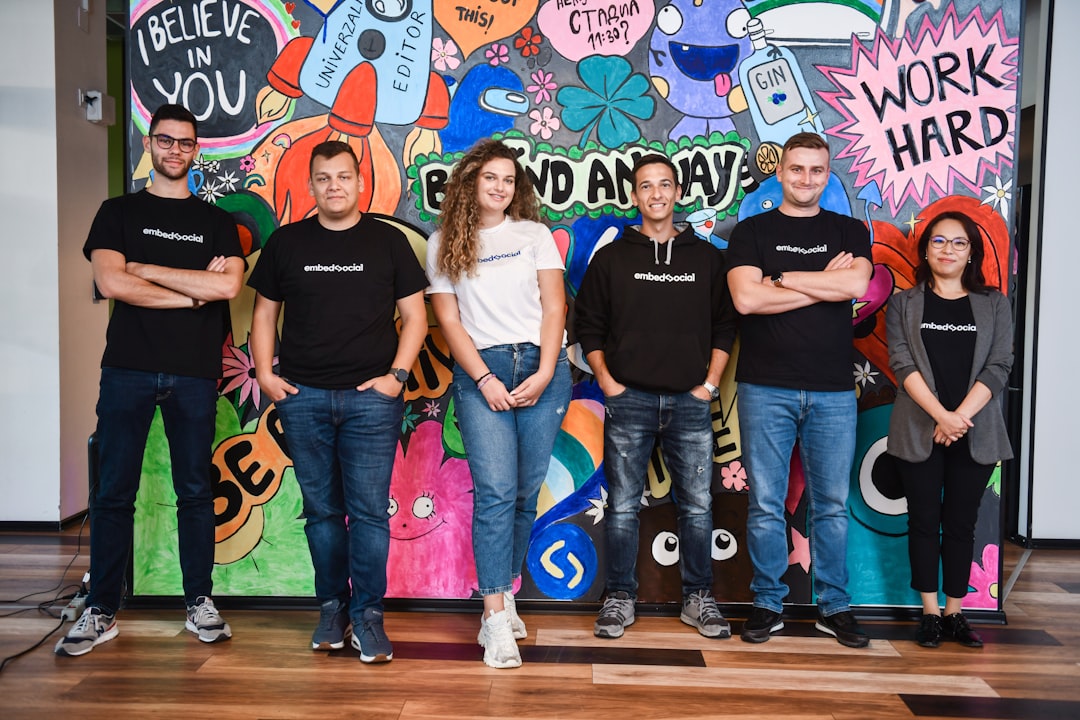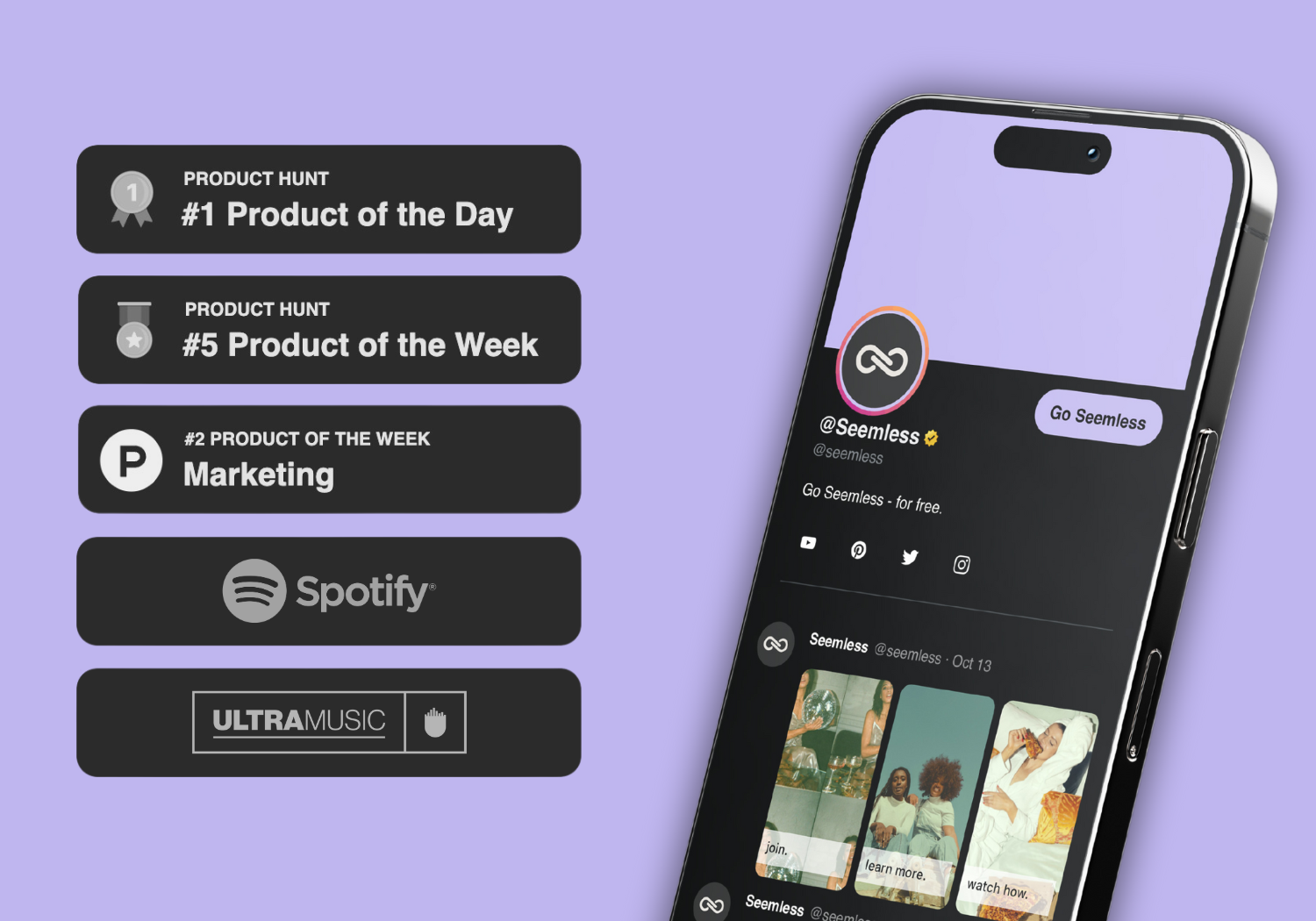User-generated content (UGC) videos have emerged as a powerful form of media in the digital landscape, characterized by content created by individuals rather than brands or professional creators. These videos can range from simple smartphone recordings to more polished productions, but they share a common thread: they are produced by everyday users who share their experiences, opinions, and creativity with a broader audience. The rise of social media platforms has significantly contributed to the proliferation of UGC videos, as users are empowered to share their stories and insights with minimal barriers to entry.
This democratization of content creation has transformed the way information is disseminated and consumed, allowing for a more diverse array of voices and perspectives. The appeal of UGC videos lies in their authenticity and relatability. Unlike traditional advertising, which often feels scripted and polished, UGC videos resonate with viewers because they reflect real-life experiences and emotions.
For instance, a customer unboxing a product or sharing their honest review can create a sense of trust and credibility that is often lacking in brand-produced content. This authenticity fosters a connection between the creator and the audience, making UGC videos an effective tool for engagement. As consumers increasingly seek genuine interactions with brands, UGC videos have become a vital component of modern marketing strategies.
Key Takeaways
- UGC videos are created and shared by users on social media platforms, showcasing authentic and relatable content.
- UGC videos can significantly impact brand perception and marketing efforts, as they are seen as more trustworthy and genuine by consumers.
- UGC platforms and communities have seen a rise in popularity, providing a space for users to create and share content with like-minded individuals.
- Legal and ethical considerations surrounding UGC videos include copyright issues, privacy concerns, and the need for transparency in sponsored content.
- Tips for creating engaging and authentic UGC videos include storytelling, showcasing real experiences, and encouraging user participation.
The Impact of UGC Videos on Brands and Marketing
Building Trust and Community
For instance, fashion brands often encourage customers to share their outfits on social media, showcasing how their products fit into everyday life. This not only provides potential buyers with relatable examples but also creates a sense of belonging within a community of brand advocates.
Cost-Effective Marketing
Traditional advertising campaigns often require substantial budgets for production and distribution. In contrast, UGC allows brands to tap into the creativity of their customers without incurring high costs. By encouraging users to create content around their products, brands can generate a wealth of material that can be shared across various platforms.
Fostering Loyalty and Amplifying Brand Messaging
This user-driven approach not only amplifies brand messaging but also fosters a sense of loyalty among consumers who feel valued for their contributions. By leveraging UGC, brands can create a loyal community of advocates who will help spread the word about their products.
The Rise of UGC Platforms and Communities

The rise of user-generated content platforms has revolutionized how individuals share their creativity and connect with others. Platforms like TikTok, Instagram, and YouTube have become breeding grounds for UGC videos, allowing users to showcase their talents, opinions, and experiences in engaging formats. These platforms provide tools for editing, sharing, and discovering content, making it easier than ever for users to participate in the creation of digital media.
The community aspect of these platforms further enhances the appeal of UGC, as users can interact with one another through comments, likes, and shares. Communities built around specific interests or brands have also flourished in this environment. For instance, beauty enthusiasts often gather on platforms like Instagram to share makeup tutorials and product reviews, creating a vibrant ecosystem of content that benefits both creators and brands.
These communities not only provide a space for users to express themselves but also serve as valuable resources for brands looking to understand consumer preferences and trends. By engaging with these communities, brands can gain insights into what resonates with their target audience and tailor their marketing strategies accordingly.
The Legal and Ethical Considerations of UGC Videos
While user-generated content offers numerous benefits, it also raises important legal and ethical considerations that both creators and brands must navigate. One significant issue is copyright infringement; when users create videos featuring copyrighted material—such as music or branded products—they may inadvertently violate intellectual property laws. Brands must ensure they have the necessary permissions to use UGC in their marketing efforts, which often involves obtaining licenses or agreements from the original creators.
Failure to do so can result in legal disputes that may tarnish a brand’s reputation. Ethical considerations also come into play when it comes to transparency and authenticity. Brands that curate UGC should be mindful of how they present this content to avoid misleading consumers.
For example, if a brand selectively showcases only positive reviews while ignoring negative feedback, it may create an unrealistic portrayal of its products or services. This lack of transparency can erode trust among consumers who value honesty in brand communications. Additionally, brands should respect the privacy of creators by obtaining consent before using their content in promotional materials.
Tips for Creating Engaging and Authentic UGC Videos
Creating engaging and authentic user-generated content videos requires a thoughtful approach that prioritizes creativity and relatability. One effective strategy is to encourage users to share their personal stories or experiences related to a product or service. By prompting users to showcase how they incorporate a brand into their daily lives, companies can generate content that feels genuine and resonates with potential customers.
For instance, a fitness brand might invite users to share their workout routines featuring its products, creating an authentic narrative that highlights the brand’s value. Another key aspect is to provide clear guidelines while allowing room for creativity. Brands should communicate what type of content they are looking for—whether it’s tutorials, reviews, or lifestyle videos—while encouraging users to express themselves freely.
This balance fosters creativity while ensuring that the resulting content aligns with the brand’s messaging. Additionally, offering incentives such as contests or features on official brand channels can motivate users to participate actively in creating UGC videos.
The Role of UGC Videos in Influencer Marketing

Authenticity and Relatability
User-generated content plays a vital role in influencer marketing strategies by enhancing authenticity and relatability. Influencers often curate content that reflects their personal experiences with products or services, which aligns closely with the principles of user-generated content. When influencers share UGC videos created by their followers or customers, it amplifies the message while showcasing real-life applications of the brand’s offerings.
Building Credibility and Community
This collaborative approach not only strengthens the influencer’s credibility but also fosters a sense of community among followers.
Boosting Engagement Rates
Moreover, incorporating UGC into influencer campaigns can lead to increased engagement rates. Audiences are more likely to connect with content that feels genuine and relatable rather than overly polished promotional material. For example, an influencer might share a video created by a fan demonstrating how they use a specific product in their daily routine. This not only highlights the product’s versatility but also encourages other followers to engage with the brand by sharing their own experiences.
The Future of Influencer Marketing
As influencer marketing continues to evolve, the integration of UGC will remain a crucial element in building authentic connections between brands and consumers. By leveraging user-generated content, brands can create more relatable and engaging marketing strategies that resonate with their target audience.
Analyzing the Effectiveness of UGC Videos in Social Media Campaigns
The effectiveness of user-generated content videos in social media campaigns can be measured through various metrics that reflect engagement, reach, and conversion rates. One key indicator is engagement rate—how often users interact with the content through likes, shares, comments, or saves. UGC videos typically generate higher engagement rates compared to traditional branded content because they resonate more deeply with audiences who appreciate authenticity.
Brands can analyze these metrics to gauge which types of UGC resonate most with their target demographic. Additionally, tracking conversion rates provides valuable insights into the impact of UGC on purchasing behavior. By monitoring how many viewers who engage with UGC videos go on to make purchases or take desired actions—such as signing up for newsletters or visiting websites—brands can assess the effectiveness of their campaigns.
A successful UGC campaign may lead to increased sales or heightened brand awareness as consumers feel more inclined to trust recommendations from fellow users rather than traditional advertisements.
The Future of UGC Videos: Trends and Predictions
As technology continues to evolve, the future of user-generated content videos is poised for exciting developments that will shape how brands engage with consumers. One notable trend is the increasing integration of augmented reality (AR) and virtual reality (VR) into UGC experiences. As these technologies become more accessible, users will have opportunities to create immersive content that enhances storytelling and engagement.
For instance, brands may encourage users to create AR filters or VR experiences that showcase their products in innovative ways. Another prediction is the continued growth of niche communities centered around specific interests or lifestyles. As social media platforms evolve, users will gravitate toward spaces where they feel a sense of belonging and connection with like-minded individuals.
Brands that recognize this shift will benefit from engaging authentically with these communities through tailored UGC campaigns that resonate with their values and interests.
In conclusion, user-generated content videos represent a dynamic intersection between creativity, authenticity, and marketing strategy.
As brands continue to navigate this evolving landscape, understanding the nuances of UGC will be essential for building meaningful connections with consumers in an era defined by digital engagement.
If you’re interested in learning more about optimizing your social media presence, you may want to check out this article comparing Linktree and Bitly here. It provides valuable insights into the features and benefits of each platform, helping you make an informed decision on which one is best for your needs.
FAQs
What is UGC video content?
UGC video content refers to videos that are created and shared by users on various online platforms. These videos are not produced by professional creators or companies, but rather by individuals who are part of the online community.
What are some examples of UGC video content?
Examples of UGC video content include vlogs, product reviews, unboxing videos, tutorials, and user-generated memes. These videos are often shared on social media platforms, video-sharing websites, and other online communities.
Why is UGC video content important?
UGC video content is important because it allows for authentic and relatable content that resonates with audiences. It also provides an opportunity for individuals to express themselves creatively and share their experiences with others.
How is UGC video content different from professionally produced content?
UGC video content is different from professionally produced content in that it is created by individuals without the resources or expertise of professional creators. UGC videos often have a more personal and authentic feel, while professionally produced content is typically more polished and curated.
What are the benefits of using UGC video content for businesses?
Businesses can benefit from using UGC video content as it can help build brand authenticity, engage with their audience, and provide social proof for their products or services. UGC videos can also be a cost-effective way for businesses to create content and reach a wider audience.

